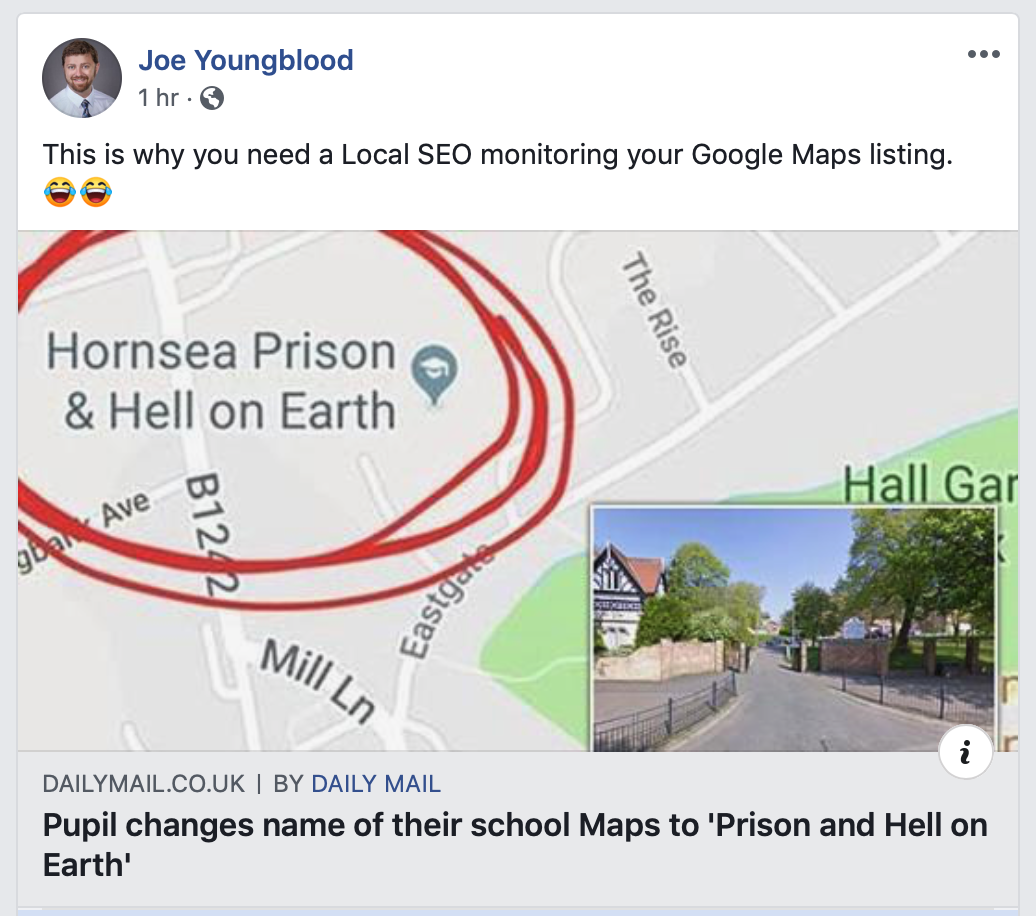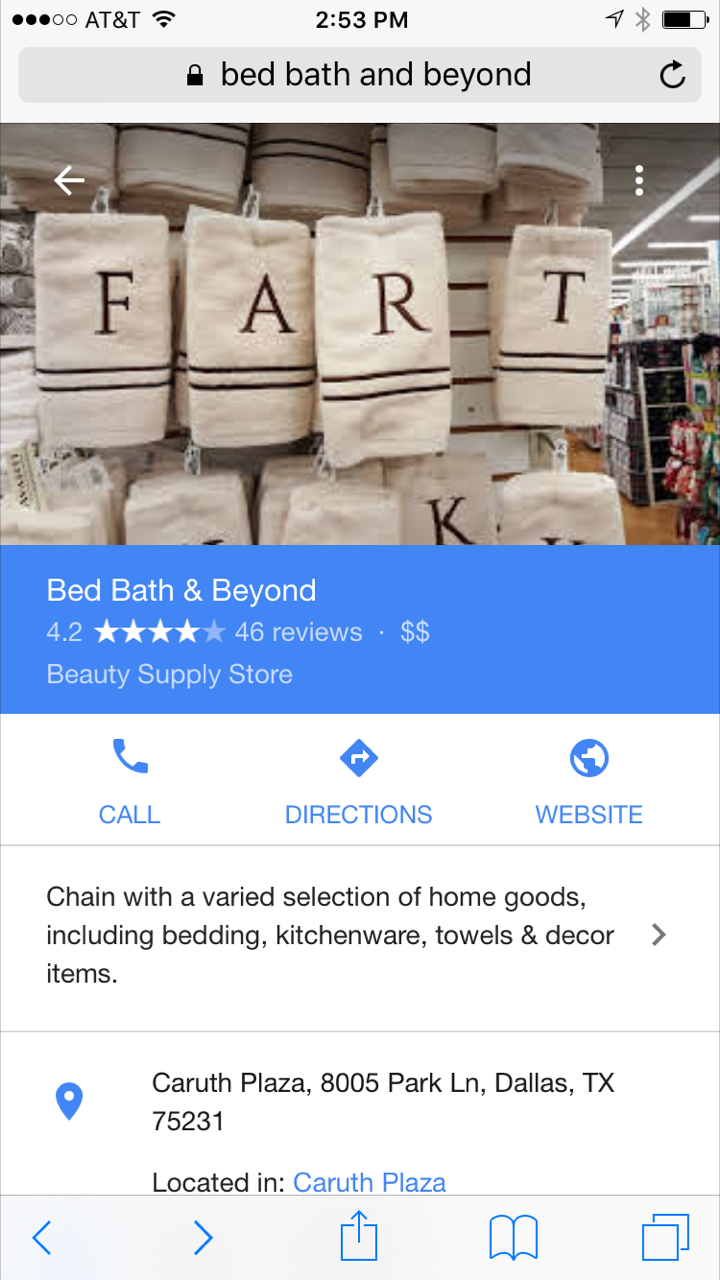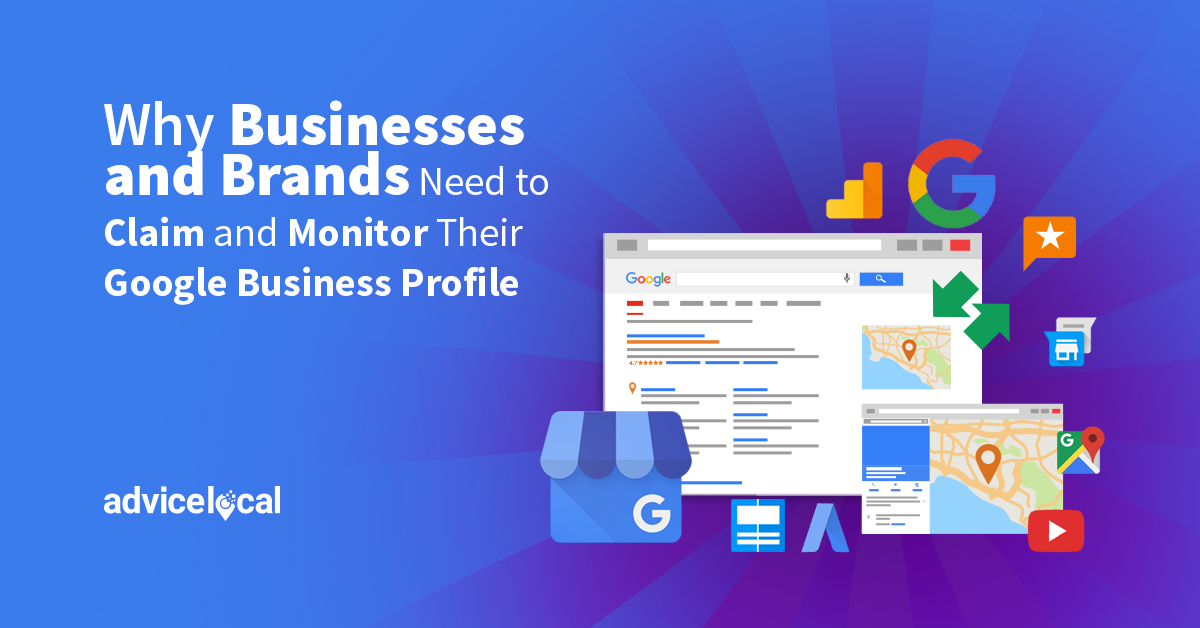Warning: Undefined variable $handle_code in /mnt/wp/advicelocal/public_html/wp-content/plugins/click-to-tweet-by-todaymade/tm-click-to-tweet.php on line 243
Warning: Undefined variable $handle_code in /mnt/wp/advicelocal/public_html/wp-content/plugins/click-to-tweet-by-todaymade/tm-click-to-tweet.php on line 243
Businesses and brands of all shapes and sizes must claim, create and monitor their Google Business Profile (previously Google My Business) listing. It’s about more than the name, address and phone number (NAP), but I’ll get into that in a bit. First, here’s a little story for you…
Google Business Profile Can Build a Brand or Damage One
Is Hell on Earth closer than we think? According to a student at the Hornsea School and Language College, it’s located in East Yorkshire. Just this week, it was discovered that a student at this school played a prank by naming the school’s Google Business Profile listing “Hornsea Prison & Hell on Earth.”
I spotted this while scrolling Facebook and knew immediately that I needed to share the details with you. (Thanks Joe for making it even easier to prove my point.)

Businesses create a Google Business Profile (GBP) listing because they want to get found online, display the right address, and have up-to-date business hours – but it goes beyond that.
Monitoring Google Business Profile Listings Is a Must – Here’s Why
If this school had claimed their listing, this naming incident wouldn’t have happened (at least not easily). As you may know, anyone can suggest a business name for a place, but on claimed GBP listings, the business owner has to accept the change.
Are you aware that you can submit a public edit to any business listing on Google Business Profile, claimed or otherwise? If the business doesn’t monitor these suggested edits, some can and will go public.
We’ve actually talked to you before about the importance of monitoring listings. Photos need to be monitored, too. Several years back, a customer at a Bed, Bath and Beyond uploaded a photo taken at a local store to their GBP listing. While this photo could be considered quite funny, is this best first impression for a brand?

Brand-damaging items like these can happen to both claimed and unclaimed listings. People can even create a listing for a business they don’t own and include their own website URL and contact information on the listing. Companies do this underhanded work periodically to get their competitors’ leads. A business will sometimes create a listing for a business that isn’t legitimate in order to sell the leads to other businesses for a fee.
Spam listings are a really big issue on Google Business Profile, and they are taking up prime real estate in the local pack. Here’s how to report a Google Business Profile spam listing.
Steps to Take to Avoid Google Business Profile Listing Issues
- Claim each GBP listing for the business or brand and each location. Don’t forget to get duplicates removed, and mark closed locations as “closed.”
- Optimize each listing, including accurate NAP, product and service descriptions and even the photos. Each component is important and should be completed.
- Regularly monitor each listing for public suggestions, photos uploaded by customers and changes such as business hours during holidays, etc.
Building Out a Google Business Profile Listing That Converts
Creating, claiming and optimizing a Google Business Profile listing is only the first step to having a Google Business Profile listing that converts consumers to customers. Businesses should leverage each feature available to them within the listing.
- Utilize Google Business Profile posts
- Understand Google Business Profile insights
- Use the Google Business Profile App
Remember, it’s not a “build it and they will come” world. Build it, update it, monitor it and refine it – then they will come!
Help Is Always Available
Our Google Business Profile expertise is just one of the many reasons our partners love us here at Advice Local – request a demo to get a tour of our local presence management solution.




![Download the Voice Search for Local Businesses, Franchises and Brands Guide [ad]](https://www.advicelocal.com/images/voice-search-guide-ad.png)